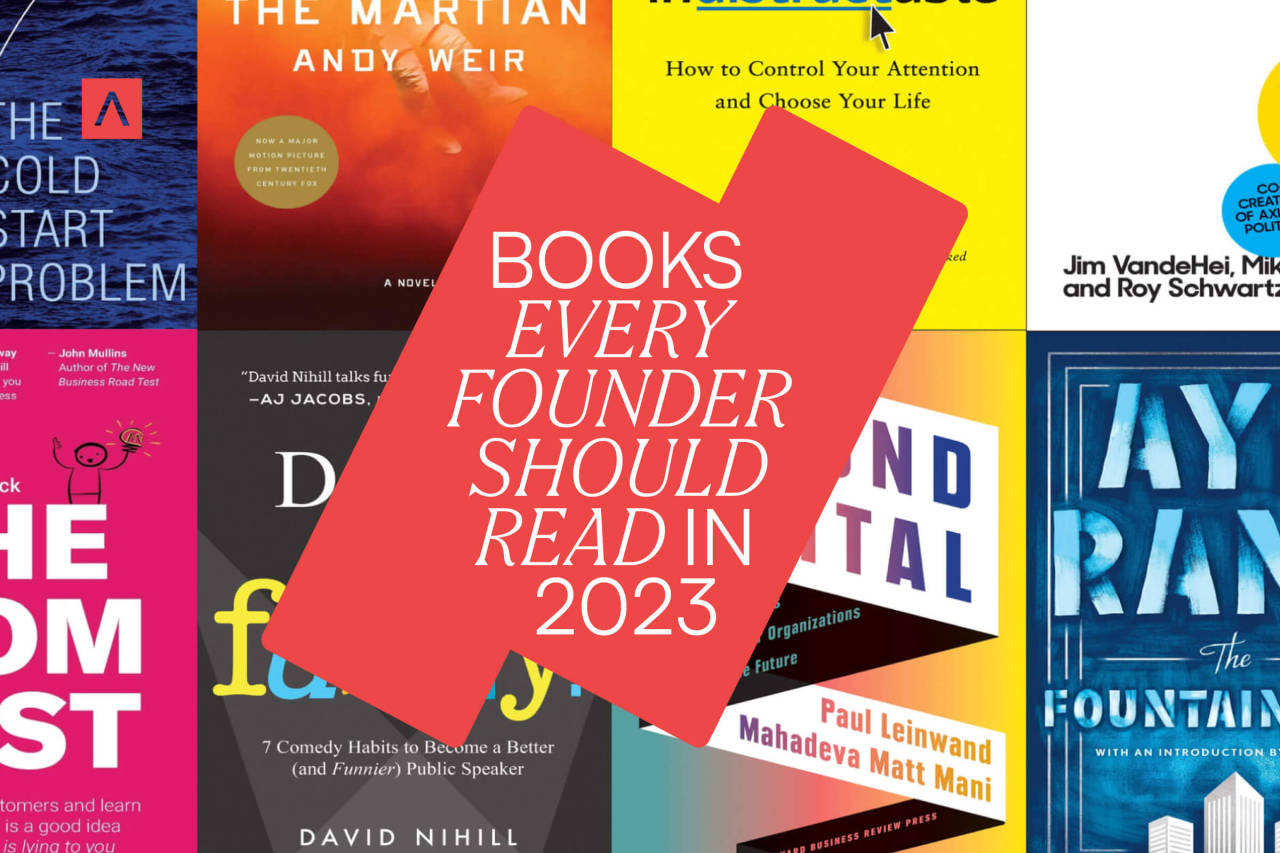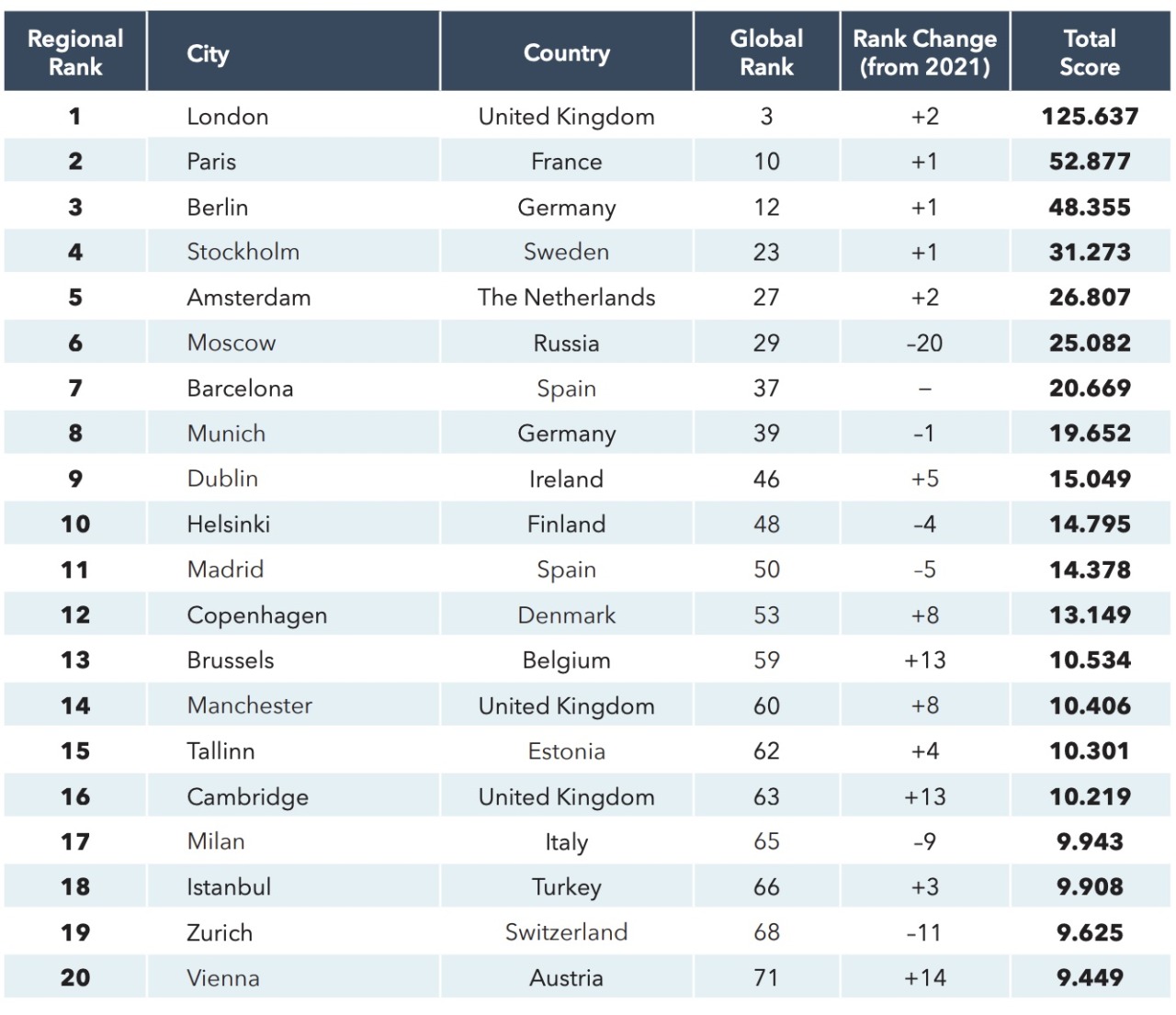Only 9% of deals return 10x or above on invested capital.
Just 6% of startup pitches to VCs result in investment
45% of investments fail, or don’t achieve more than a 2x return on investment.
25% of investments make a 2-5x return.
Only 9% of deals return 10x or above on invested capital.










